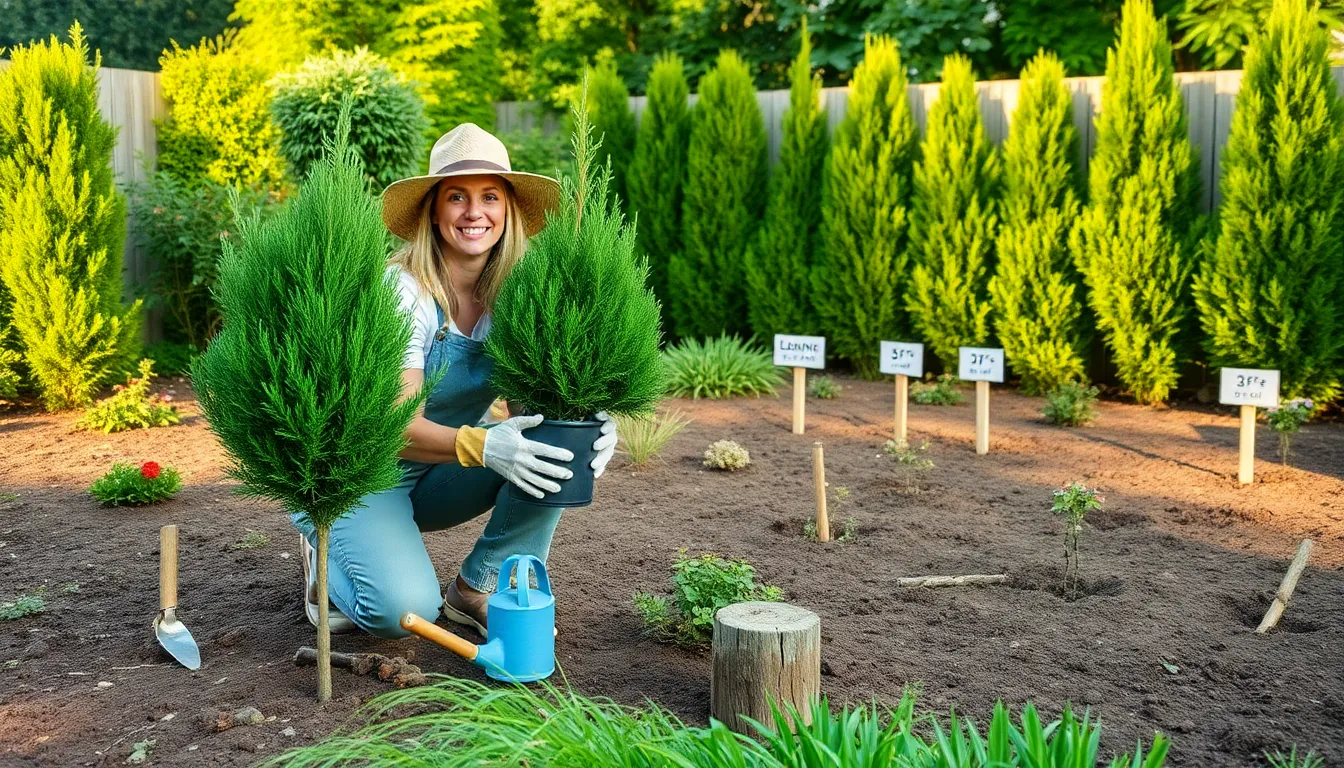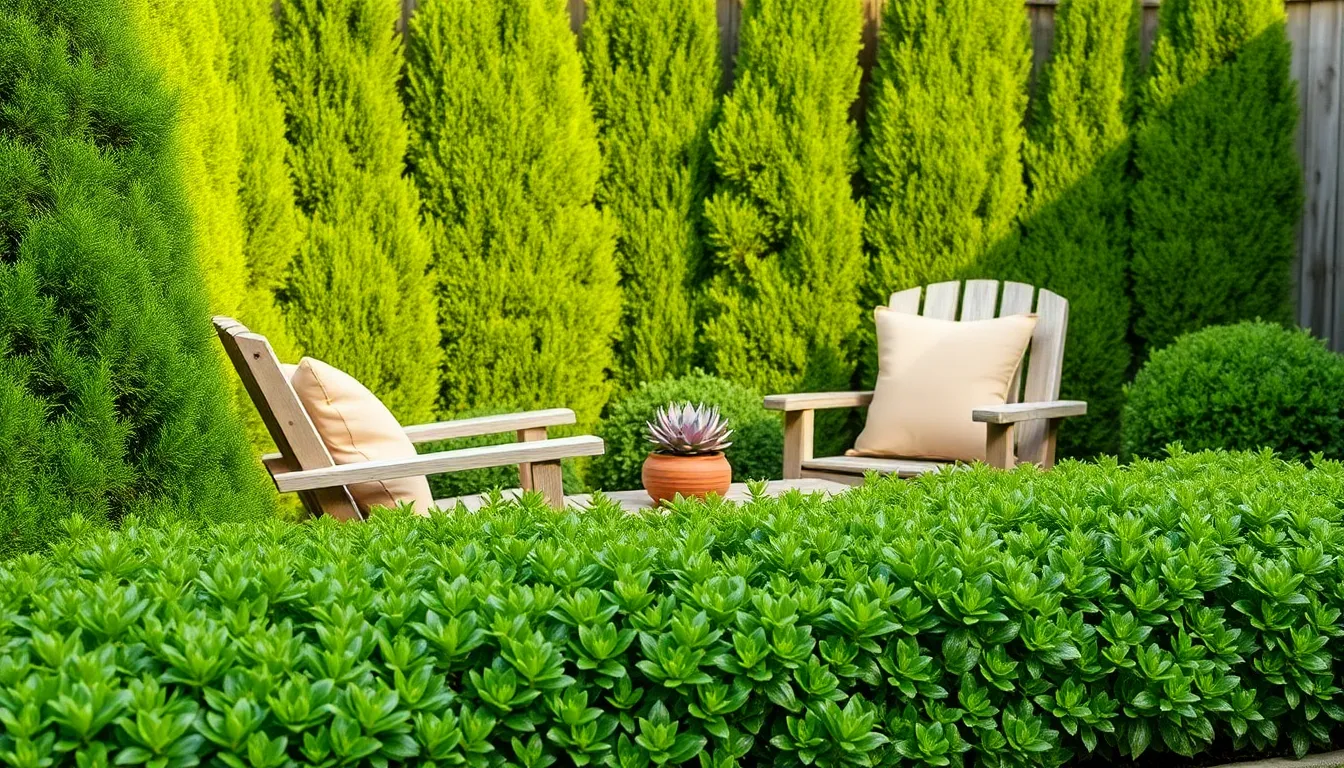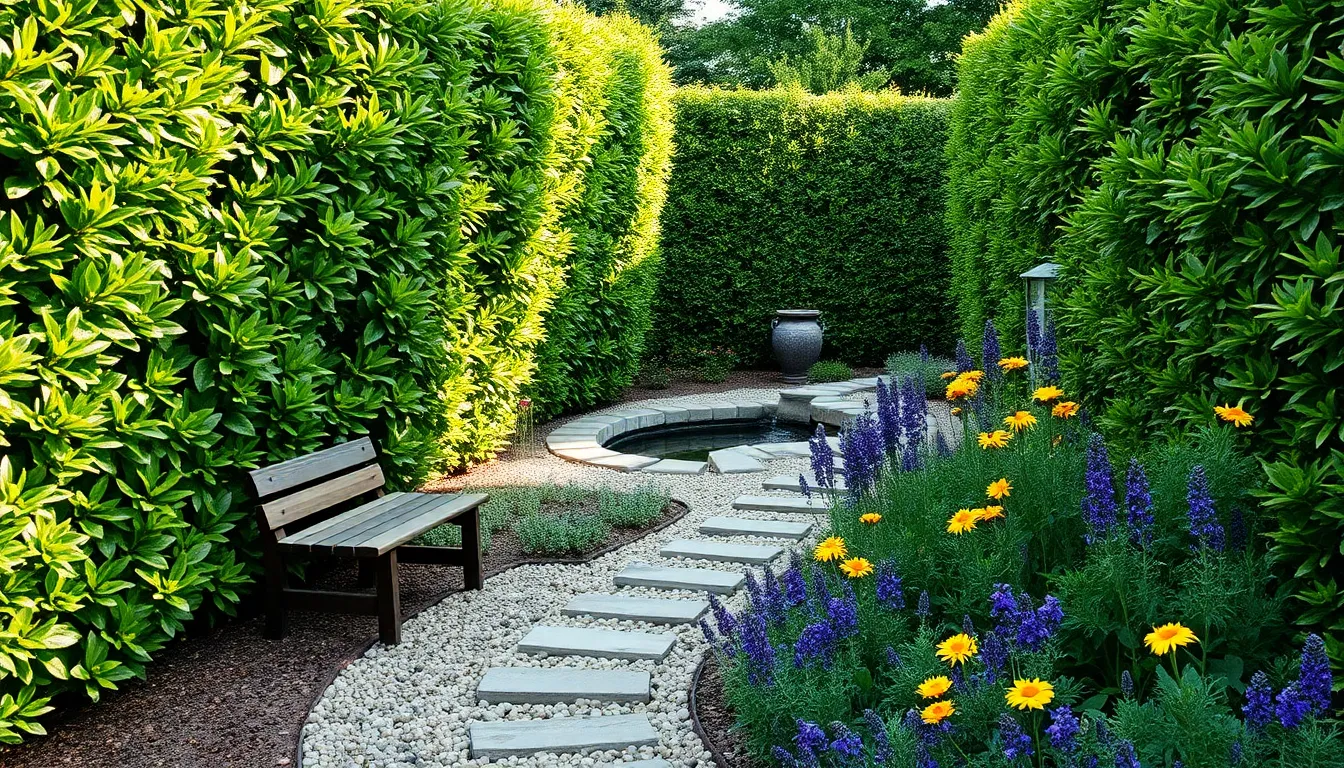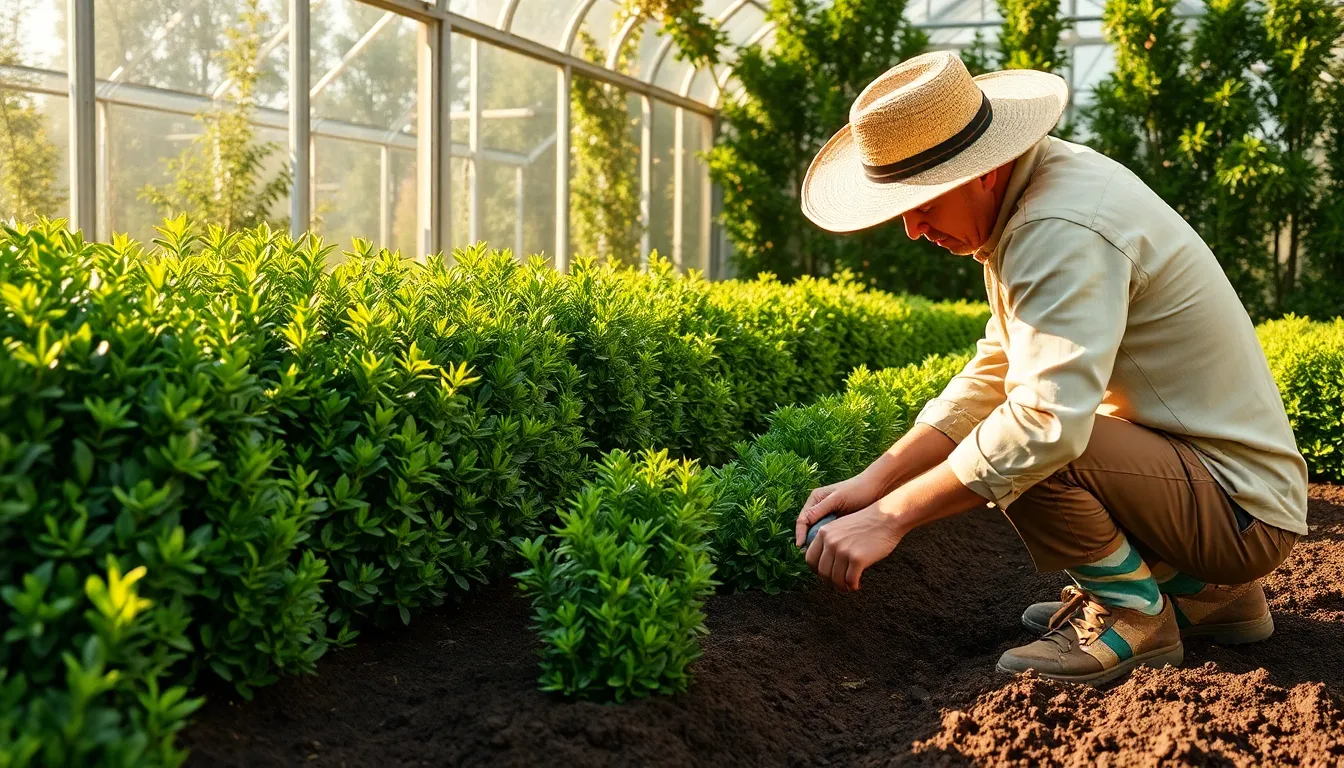Imagine transforming your backyard into a serene, secluded oasis, where the hustle and bustle of the outside world fades away. Planting a hedge for privacy is not just about creating a barrier; it’s about crafting your own peaceful retreat, a living wall that enhances the beauty and tranquility of your outdoor space. Whether you’re a novice gardener or have years of experience under your belt, planting a hedge can be a rewarding project that adds value and charm to your home.
For beginners, this article will guide you through the essential steps of selecting the right plants, preparing your soil, and ensuring your hedge thrives for years to come. Seasoned gardeners will appreciate the detailed tips on optimizing growth and maintaining a healthy hedge that stands the test of time. You’ll learn how to choose species that suit your climate and preferences, and the best practices for planting and care. By the end of this article, you’ll be equipped with the knowledge to create a lush, green sanctuary that offers both beauty and privacy.
Select Suitable Hedge Species
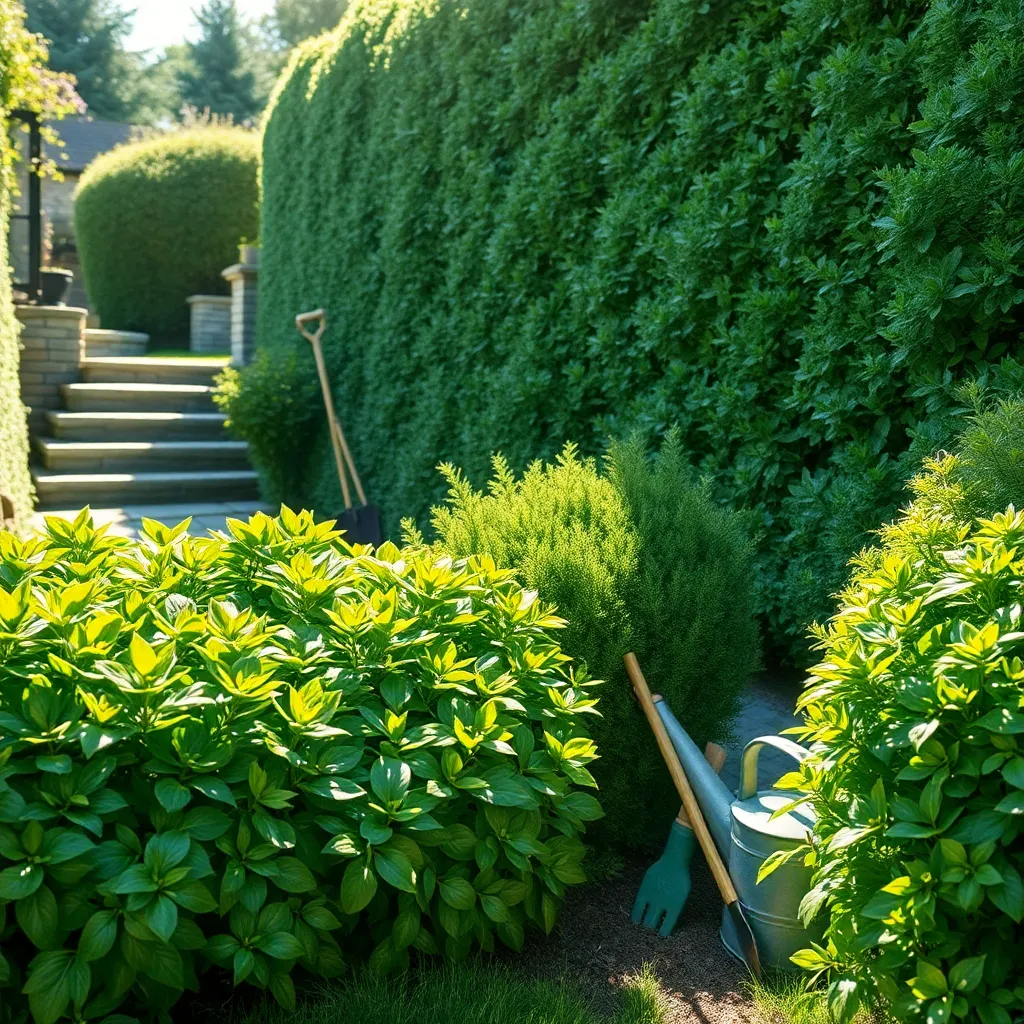
Choosing the right hedge species is crucial for achieving the desired level of privacy and aesthetics in your garden. Consider the climatic conditions of your region, as some plants thrive only in specific environments.
If you live in an area with temperate climates, species like English laurel and boxwood are excellent choices. These plants are evergreen, providing year-round privacy and require well-drained soil to prevent root rot.
For those in warmer regions, opt for oleander or privet, which are known for their resilience and fast growth. Ensure they receive full sun and regular watering, especially during dry spells, to keep them healthy and lush.
Advanced gardeners might consider a mix of species for a more diverse and layered hedge. Combining flowering shrubs with evergreens not only adds visual interest but also attracts pollinators to your garden.
Measure and Mark Your Space
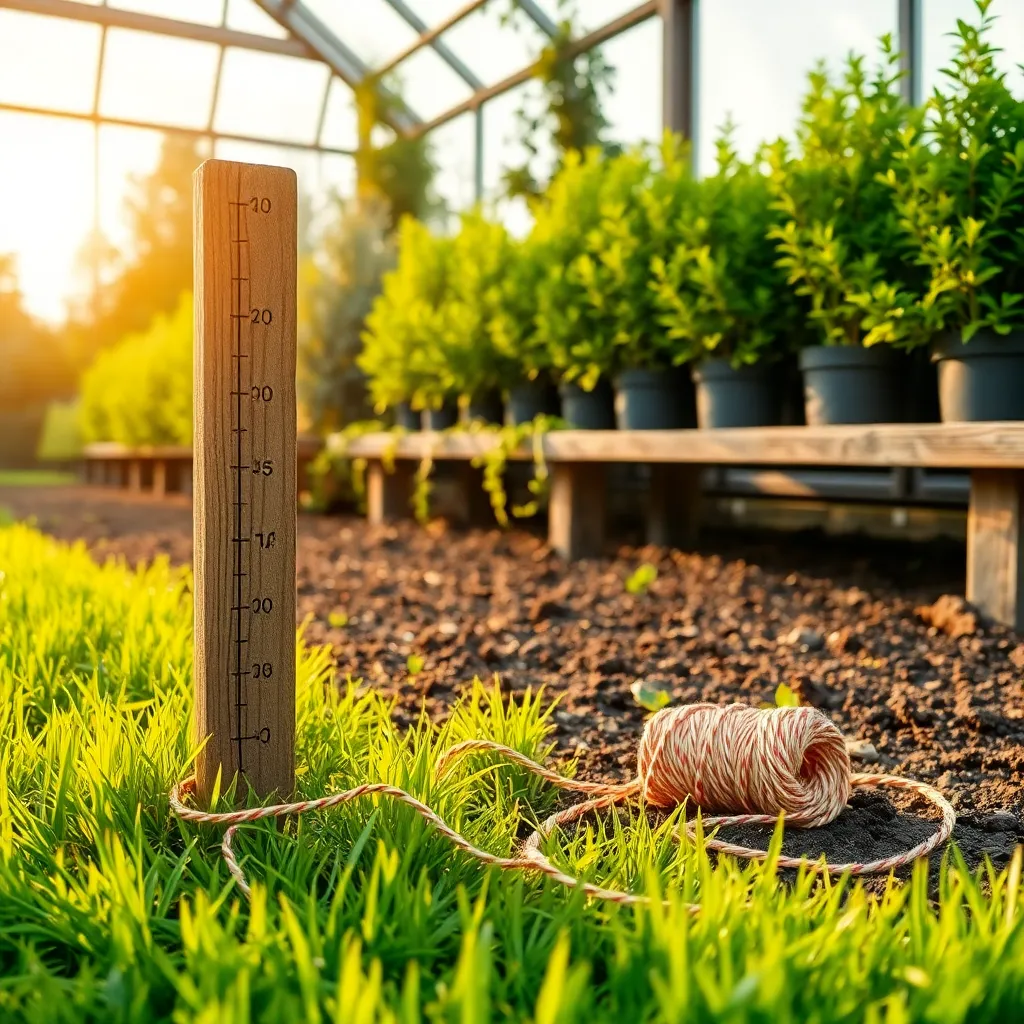
Before planting your hedge, it’s essential to measure and mark your space accurately. Begin by determining the length of the area where you want your hedge to grow, using a measuring tape for precision. This ensures you have enough plants and helps in planning the spacing between each plant effectively.
Once you have the measurements, mark the area with stakes or spray paint to outline the hedge’s path. This visual guide will help you maintain straight lines and consistent spacing, which is crucial for a uniform appearance. Make sure the path is clear of any debris or obstacles that could hinder growth.
Consider the mature size of your selected hedge species to calculate the correct spacing between plants. For most hedges, a spacing of 18 to 36 inches is ideal, depending on the plant’s growth rate and size. Ensuring proper spacing will prevent overcrowding, resulting in a healthier hedge.
It’s also beneficial to use a string line to keep your hedge row straight. Stretch the string between two stakes at each end of the row to serve as a guide while planting. This technique is especially helpful for beginners and ensures a professional look even if you’re planting on sloped or uneven ground.
Prepare the Planting Soil

Now that you have measured and marked your space, it’s time to prepare the planting soil for your hedge. Good soil preparation is crucial for the healthy growth of your plants and will ensure your hedge grows dense and lush, providing the privacy you seek.
Start by clearing the area of any debris, weeds, and rocks, which can hinder the growth of your hedge. Use a garden fork or tiller to loosen the soil to a depth of at least 12 inches, which will allow the roots to penetrate deeply and establish themselves.
Improving soil fertility is essential for the success of your hedge. Incorporate organic matter such as compost or well-rotted manure into the soil, as this will enhance its structure, drainage, and nutrient content.
For gardeners dealing with heavy clay or sandy soils, consider adding specific amendments. In clay soils, incorporating sand or gypsum can improve drainage, while for sandy soils, adding peat moss will help retain moisture and nutrients.
Test the soil pH to ensure it suits the type of hedge you are planting. Most hedge plants thrive in slightly acidic to neutral soil, with a pH range of 6.0 to 7.0. If necessary, adjust the pH by adding lime to raise it or sulfur to lower it, following the product instructions carefully.
Water the prepared soil thoroughly before planting to ensure it is evenly moist. This will help settle the amendments and create an inviting environment for the roots of your new hedge plants.
Plant Hedges at Correct Spacing

Correct spacing is crucial when planting a hedge, as it ensures each plant has enough room to grow robustly. Begin by considering the mature width of your chosen plant species and plan to space them accordingly, typically between 18 to 36 inches apart.
For a dense, lush hedge, it’s often best to space plants closer together. This encourages the foliage to knit together quickly, providing privacy sooner. Remember, the goal is to balance immediate coverage with long-term health.
Consider the soil quality and drainage in your planting area, as these factors affect root spread and growth. If your soil is heavy clay, adding organic matter can improve drainage—ensuring roots have ample space to expand and thrive.
Beginner gardeners might prefer starting with fast-growing species like Leyland cypress or privet, which fill gaps more rapidly. Meanwhile, seasoned gardeners might opt for slower-growing, but more ornate options like boxwood, spacing them a bit further apart for a more refined appearance.
- Tip for beginners: Use a measuring tape or a stick marked with the desired spacing to ensure accuracy when planting.
- Advanced technique: Double-row planting can increase density, with staggered spacing to create a layered effect.
Water and Mulch Thoroughly
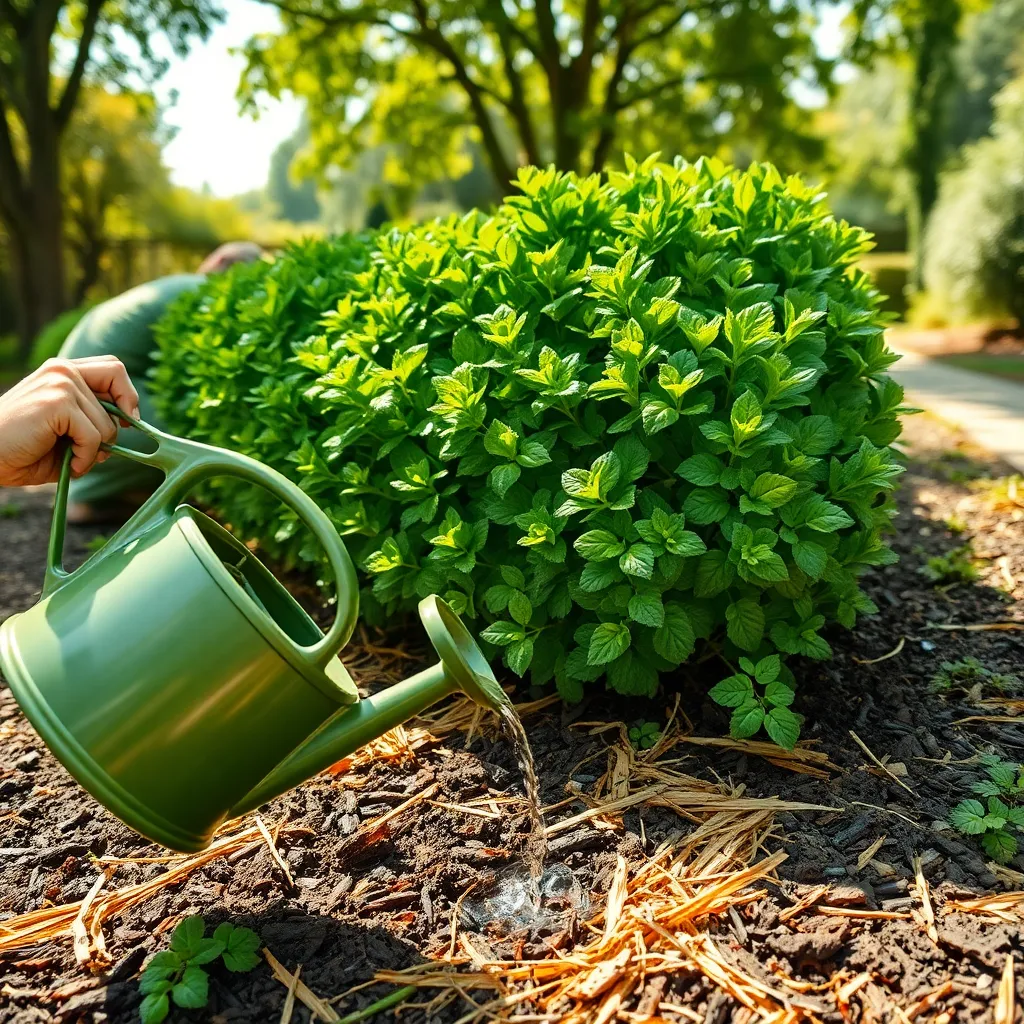
To ensure your hedge plants establish well, it is crucial to water them thoroughly immediately after planting. This initial deep watering helps eliminate air pockets in the soil, promoting better root contact and reducing transplant shock.
Following the initial watering, continue to provide consistent moisture, particularly during the first growing season. A general guideline is to water deeply once a week, adjusting based on rainfall and specific soil conditions.
In addition to watering, applying a layer of mulch around your hedge plants is beneficial. Mulch helps retain soil moisture, suppress weeds, and regulate soil temperature, creating a more stable environment for root growth.
Choose organic mulches such as shredded bark, wood chips, or straw, and apply a layer 2-3 inches thick. Be sure to keep mulch a few inches away from the base of the plants to prevent rot and allow for air circulation.
For advanced gardeners, consider using drip irrigation systems for more efficient watering. These systems deliver water directly to the base of the plants, reducing water waste and ensuring that each plant receives the moisture it needs to thrive.
Conclusion: Growing Success with These Plants
In our journey to plant a hedge for privacy, we’ve explored five essential relationship concepts: understanding the importance of personal boundaries, recognizing the value of shared goals, nurturing consistent communication, respecting individual growth, and fostering trust through mutual support. These foundational steps not only help you create a physical barrier but also fortify the emotional bonds that enhance your personal connections.
As your immediate next step, consider having an open conversation with your partner or loved ones about what privacy means to each of you and how you can support one another in creating a harmonious personal space.
Remember, nurturing a relationship is a continuous process. Bookmark this article as a valuable resource to revisit these steps whenever you need a reminder or a boost in your relationship journey. By doing so, you’ll be better equipped to cultivate a thriving relationship that stands the test of time.
Looking ahead, embracing these principles will guide you toward a future where your relationships are as resilient and beautiful as the hedge you’ve planted. Empower yourself to take action today, and watch your relationships flourish with newfound strength and understanding.

